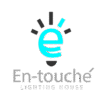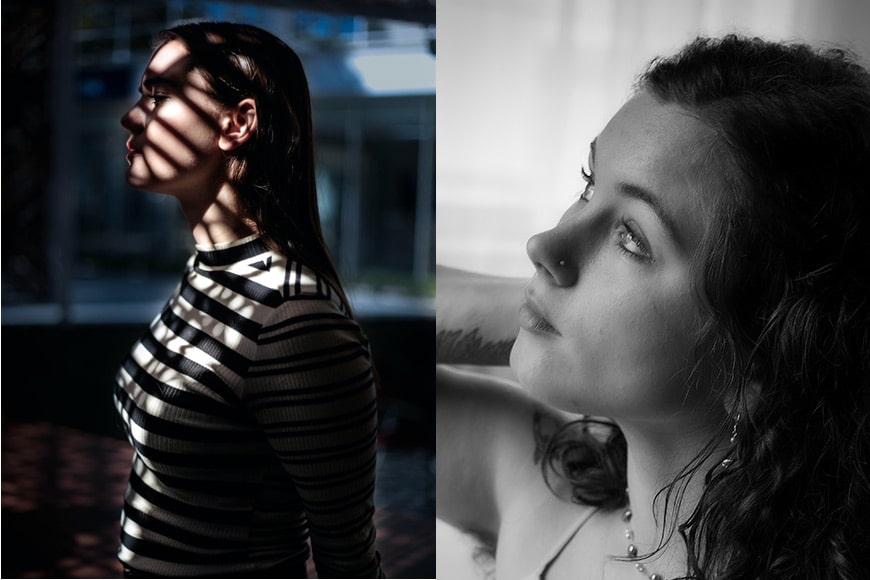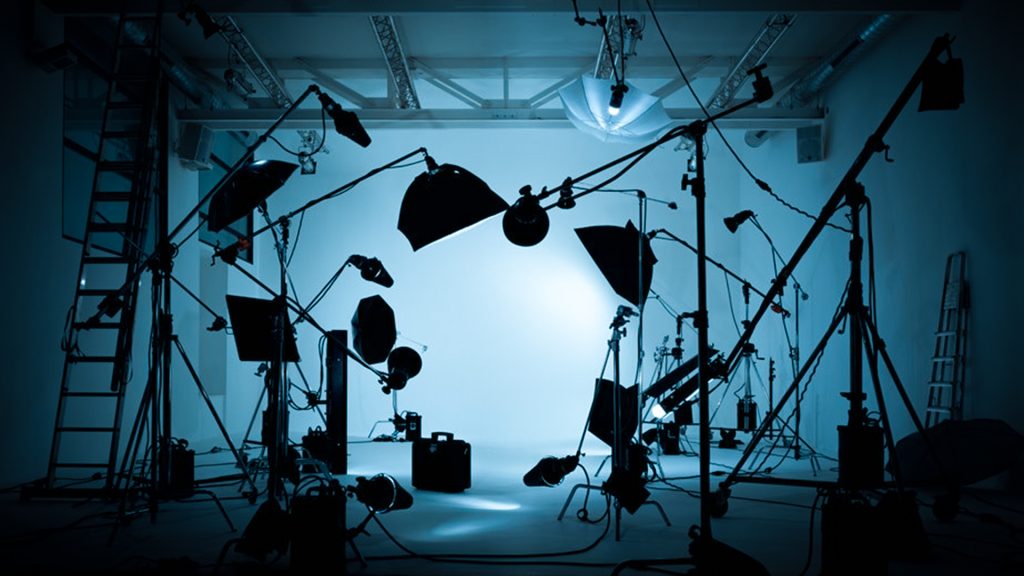This is a very common question asked by new filmmakers, photographers, and lighting enthusiasts. Three-point lighting is a lighting style that involves illuminating a subject/object with light sources from three different positions. This creates different looks, and moods and communicates different messages. Three types of lights that make up the three-point lighting are key light, fill light, and backlight.

1. Key light
Firstly, we have a key light. A solid understanding of the key light is a prerequisite to manipulating light in order to achieve different moods. The key light is the primary light source in the three-point lighting setup. It gives a scene its overall exposure. Usually, it is positioned off to the side of the camera and the front of the subject. It is mostly rigged on a light stand or a pole cart or truss at a 45-degree angle to the camera to the right or left. As a result, key light illuminates an angle of the subject/object. It also creates shadows on the opposite side of the subject/object and gives it dimension.

The intensity, color, and angle of the key light create the mood of a scene and determine the entire look and feel. Depending on the supplemental lighting fixture used for the scene, it can create a high-key image (evenly, softly lit, and atmospherically upbeat). It can also create a low-key image (high contrasts, deep shadows, and very moody) or even something in between. The key light in the image example above is coming from right side of the camera.
2. Fill light
Secondly, we have the fill light. It is the secondary light in a three-point lighting setup. The primary function of the fill light is to balance up the effect of the key light on the subject or object. It does this by illuminating dark and shaded surfaces created by the key light. Some of these include shadows cast by a person’s nose upon the rest of the face. The fill light is usually a soft light and less bright than the key light.

The fill isn’t always a light: it can be a light modifier. Some of them includes a reflector, a bounce card, a wall, or anything that bounces back light onto the subject to fill in the shadows. Together with the key light, the fill light determines the mood of a scene. In the picture example above, we have two images with and without the fill light. The first image to the left is an image of a guy with only the key light and in the other image to the right, the fill was added. It is important to note here that the key light is coming from the left side of the camera
3. Back light
Lastly, the third source in this lighting technique is the backlight. It is also known as the “rim light” or “hair light”. It shines on a subject from behind, completing the light setup. It is often placed directly opposite the key light. This creates an outline around their head that separates the subject away from the background and gives a sense of depth. Back light or rim light is different from a kick/ kicker. A kick (or kicker) contributes to a portion of the shading on the visible surface of the subject. Rim lights create a thin outline around the subject without necessarily hitting the front (visible) surface of the subject at all.

In conclusion, the above lighting technique involves altering the direction, distance, intensity, and position of light sources. Because of this, we can control how light and shadow fall on a particular subject or object. Now you have learned what three-point lighting is, you certainly can apply it while lighting for instance.



